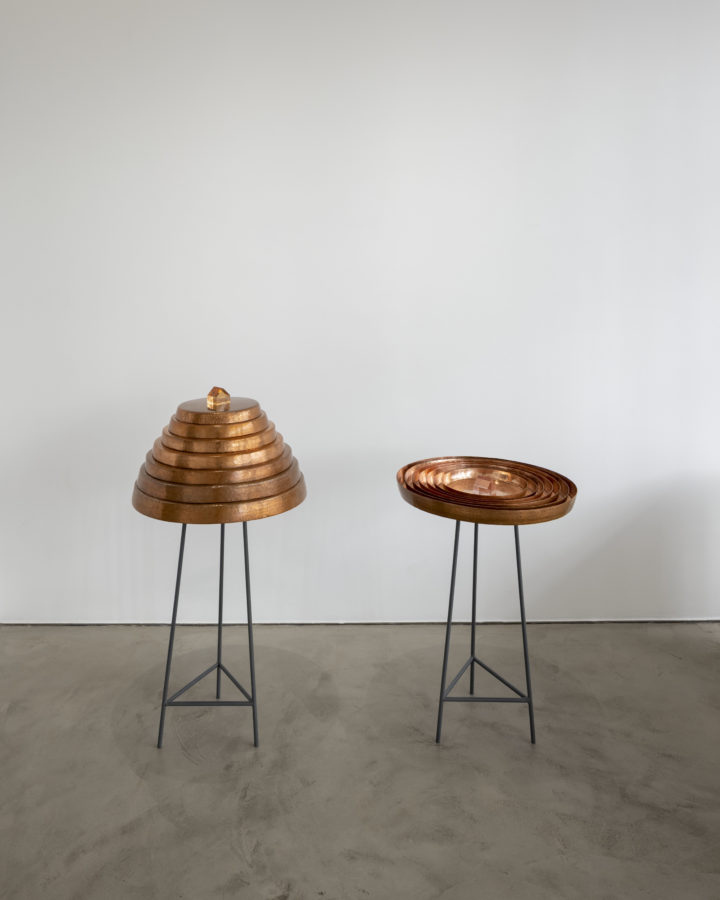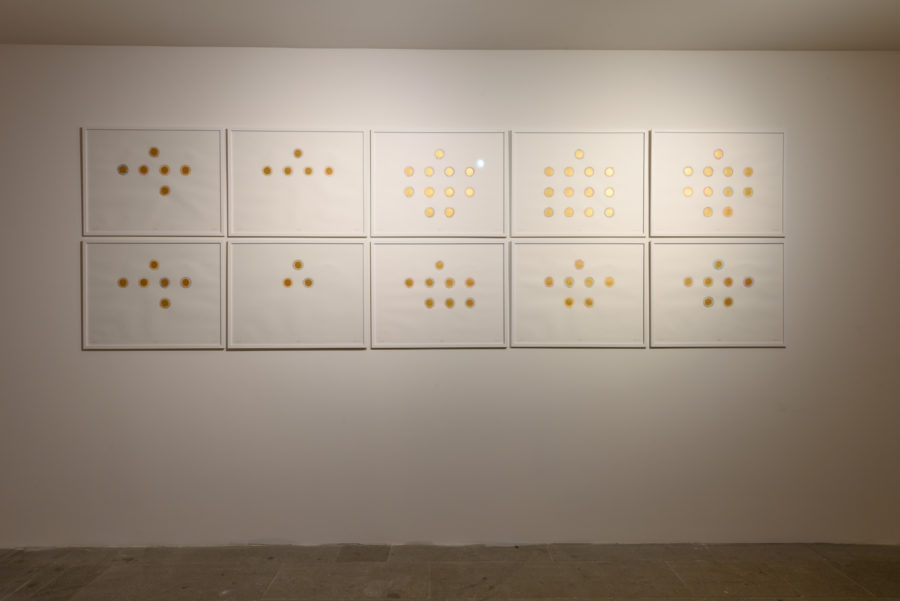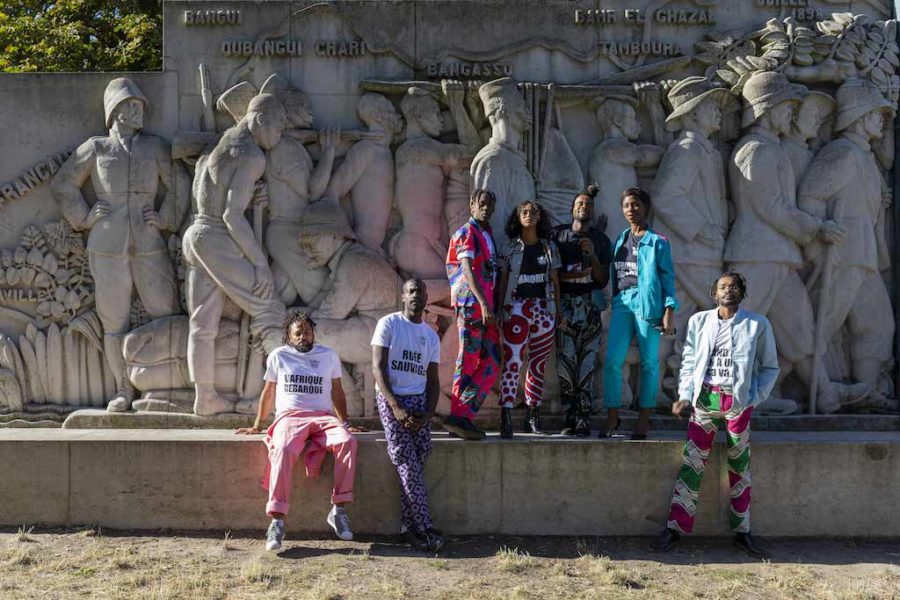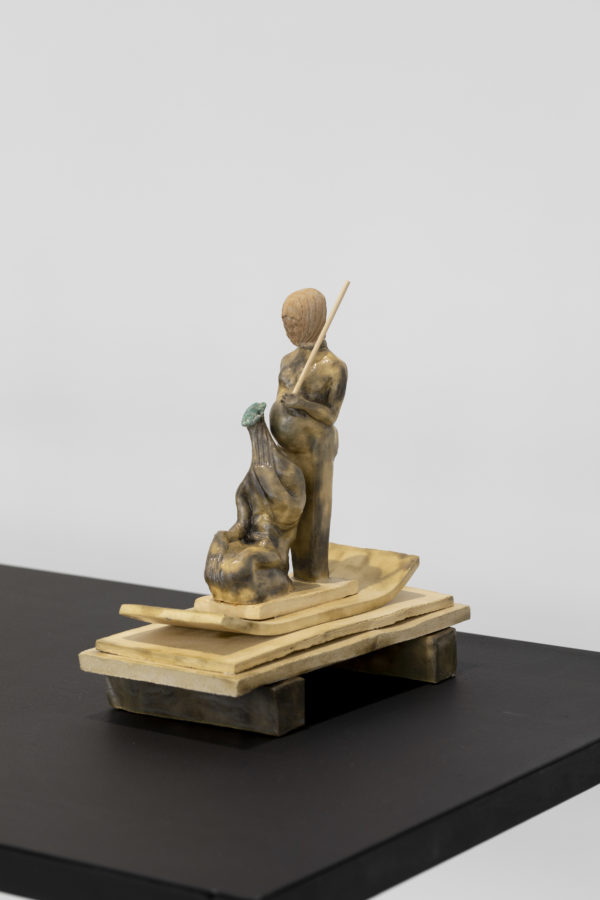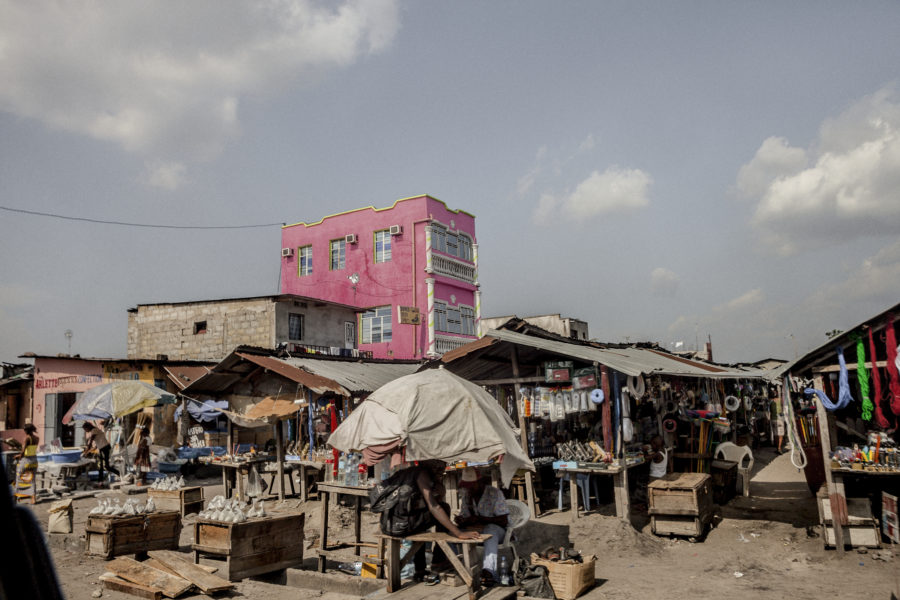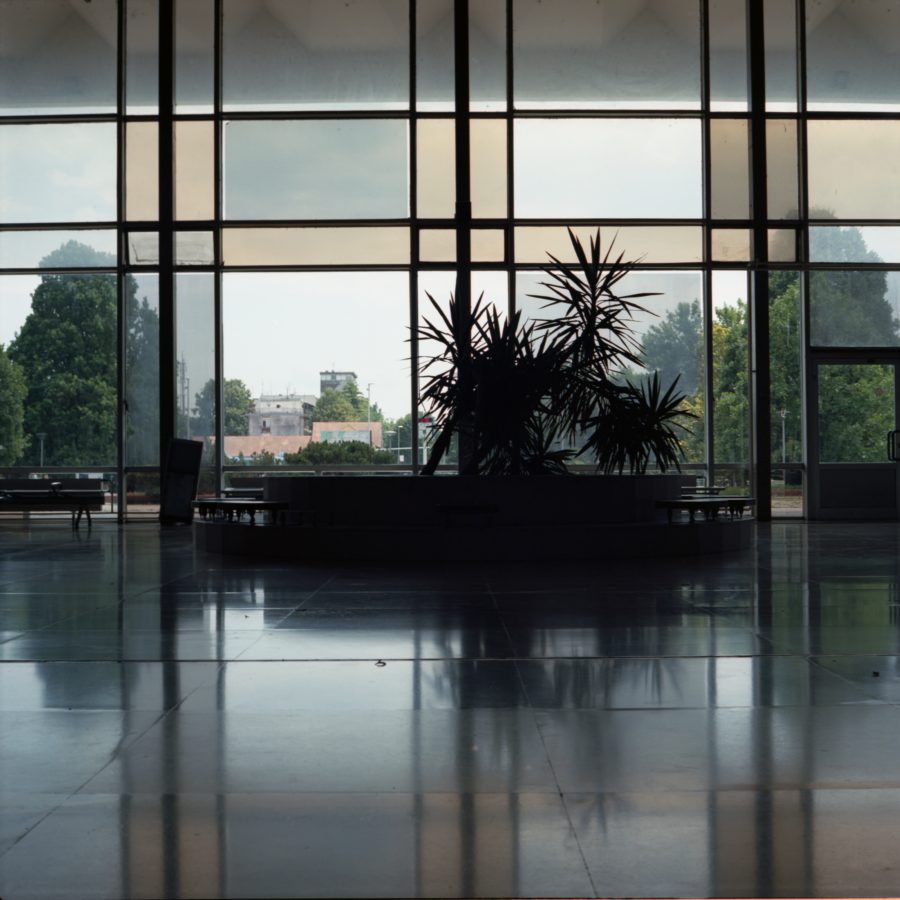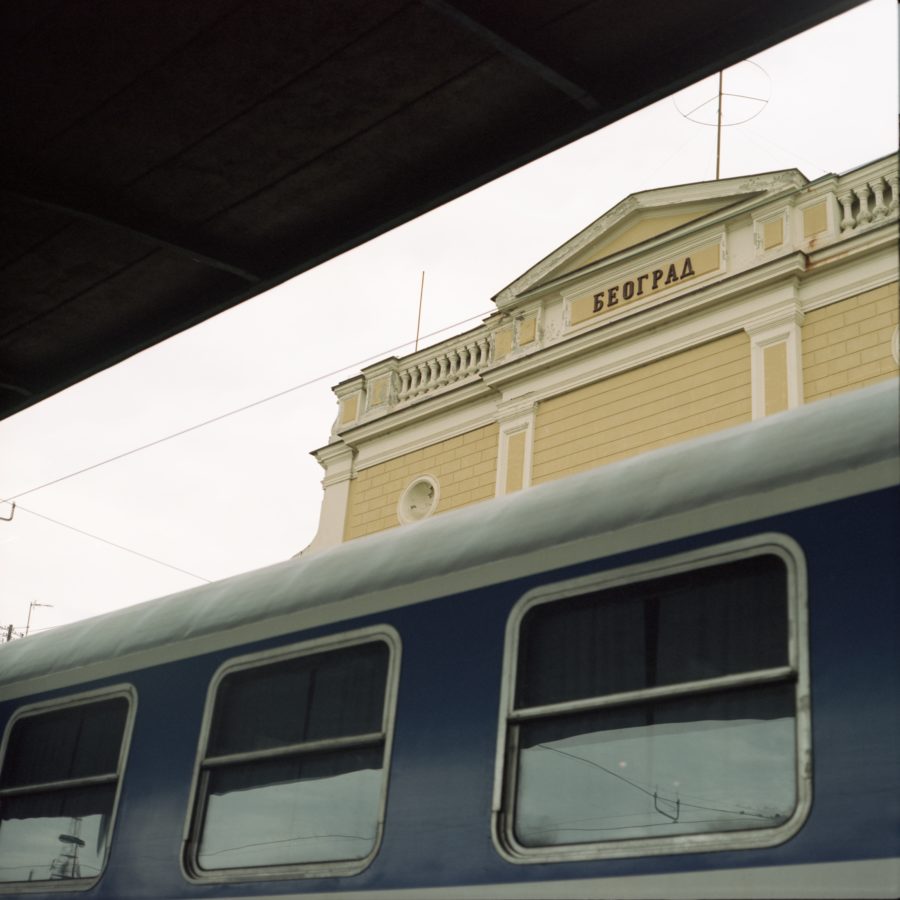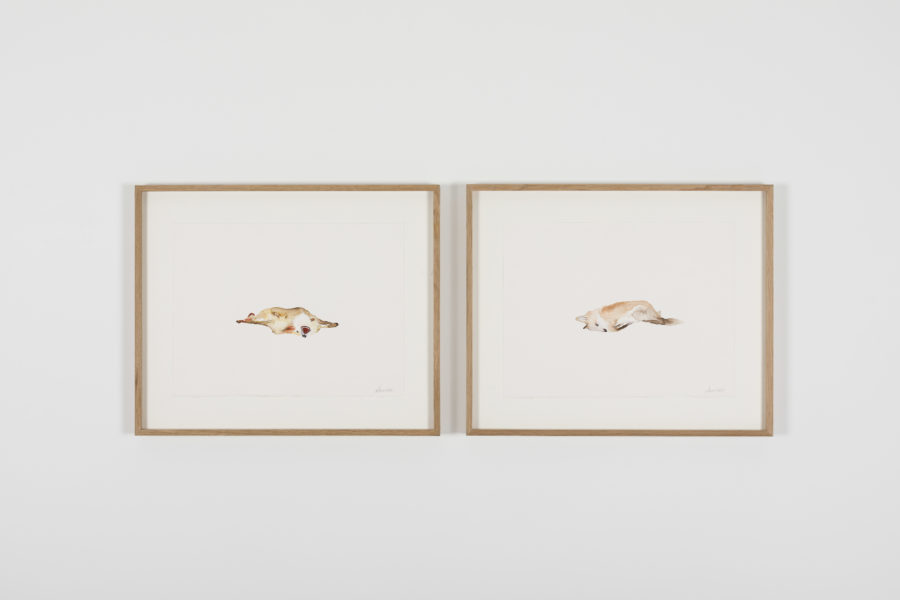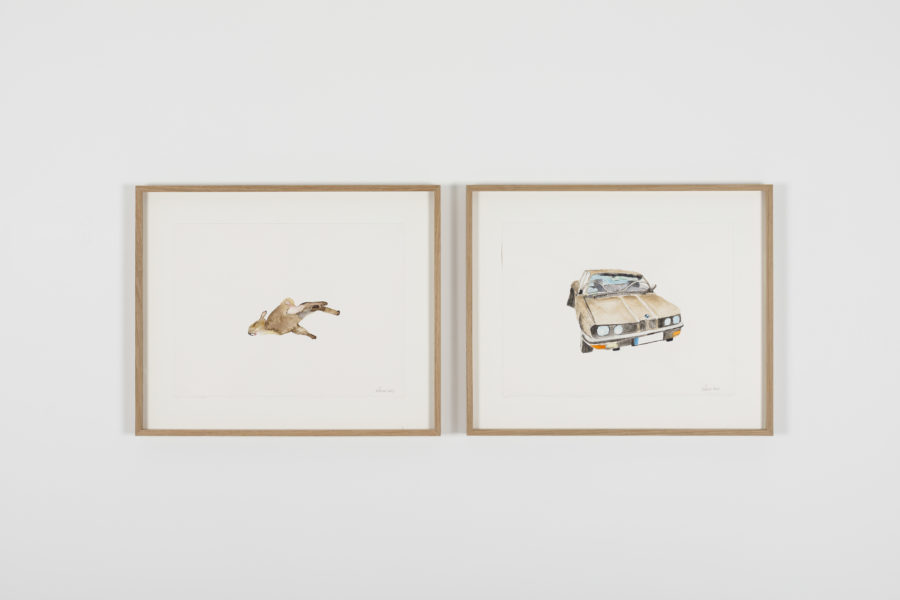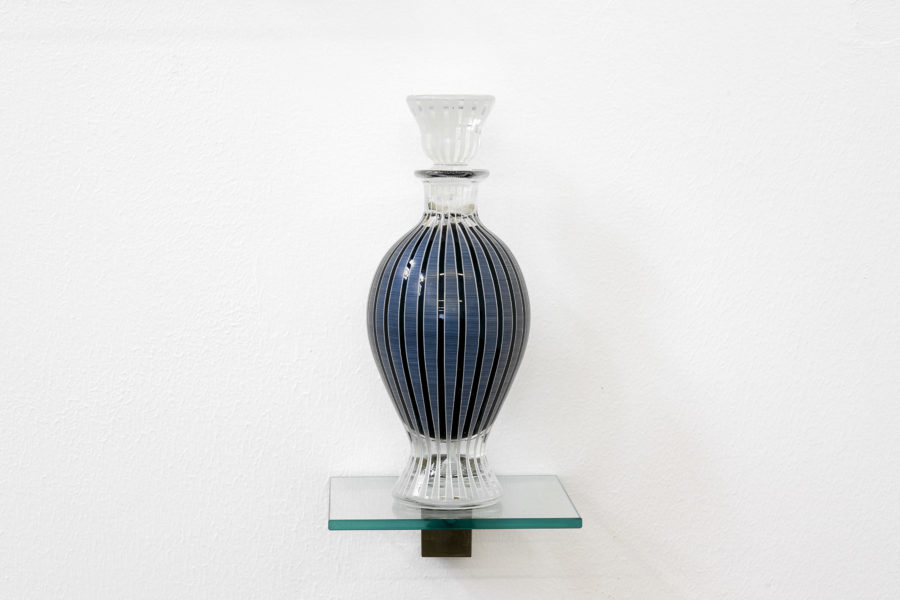
I do not live in this world alone, but in a thousand worlds (Love is Lethal) 2019, 2019
7 000 €
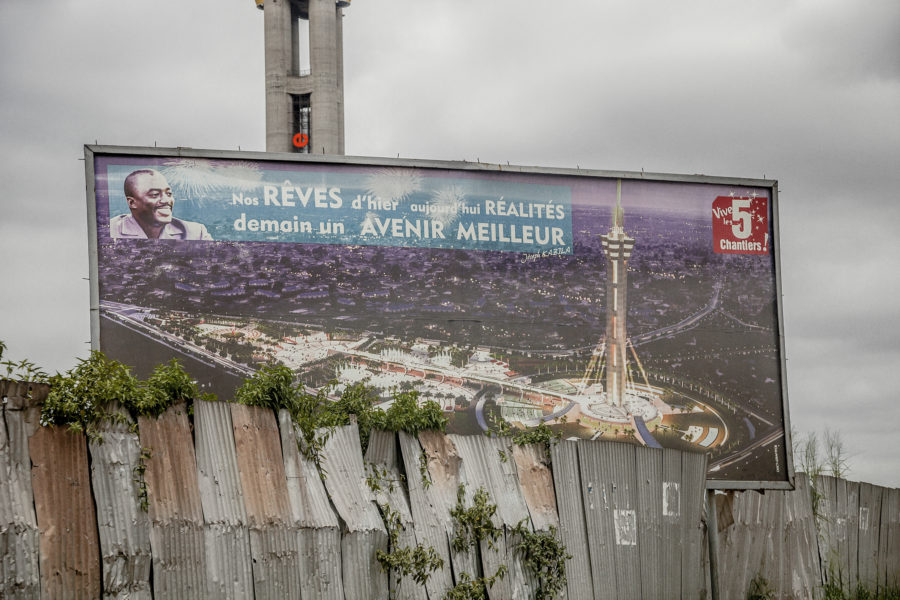
Cinq chantiers, Billboard, Place de l’échangeur, Municipality of Limete, Kinshasa, 2013
14 000 €
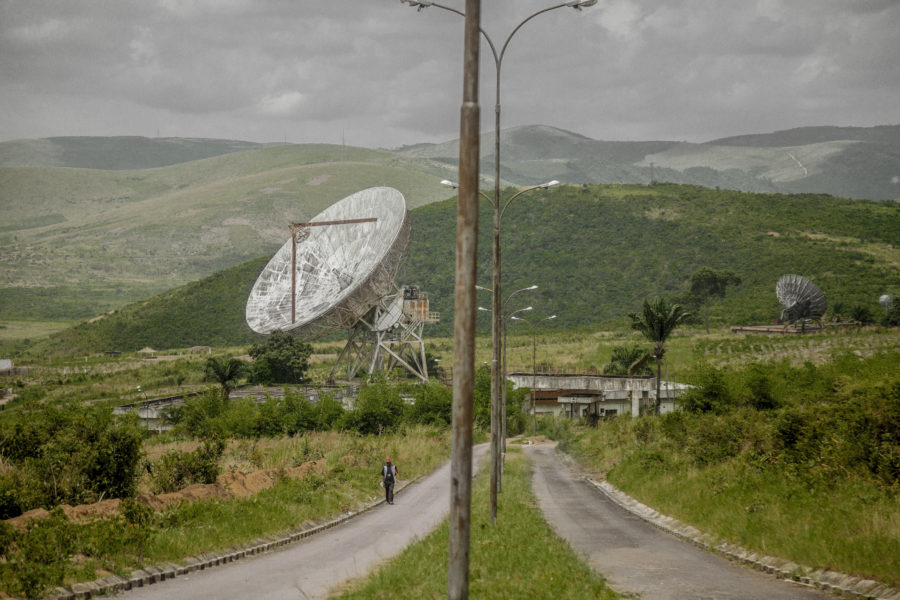
Abandonned communication infrastructure near Menkao village, Bateke Plateau, on Kinshasa’s eastern periphery (Urban Now), 2013
14 000€





















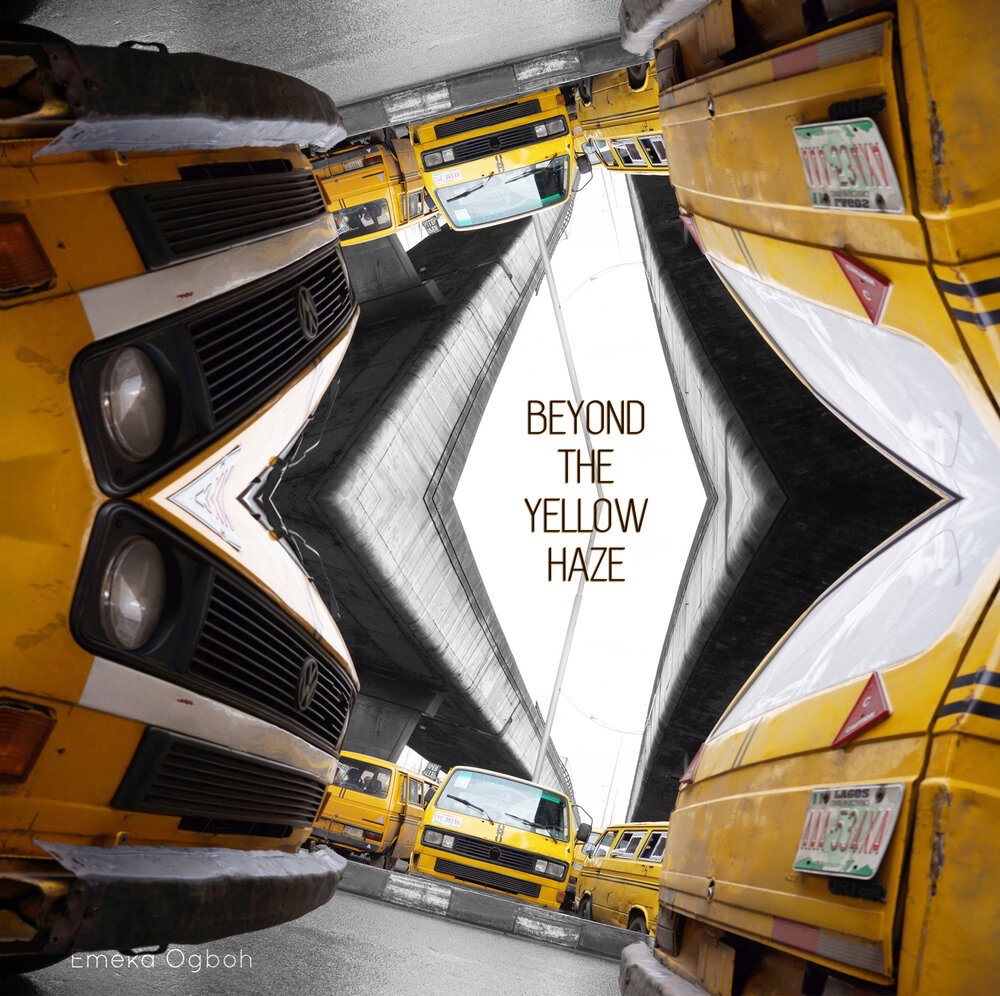
Manzil-Hawd / Manzil-Jabal (House-Basin / House-Mountain), 2022
14 plates in red copper, two small houses in
resin, tripods in metal
100 x 60 x 60 cm / 140 x 60 x 60 cm (with
pedestals)
Manzil-Hawd / Manzil-Jabal (House-Basin / House-Mountain), 2022
14 plates in red copper, two small houses in
resin, tripods in metal
100 x 60 x 60 cm / 140 x 60 x 60 cm (with
pedestals)
{Inquire}
Tâqiya-Nor, 2017
Ten drawings
Acrylic paint, watercolour and pencil on
paper
50 x 65 cm (each)
106 x 343 cm (total)
Unique
Tâqiya-Nor, 2017
Ten drawings
Acrylic paint, watercolour and pencil on
paper
50 x 65 cm (each)
106 x 343 cm (total)
Unique
{Inquire}
Sufferhead Original (Paris Edition) #1 – Monument à la mission Marchand, 2019
Archival pigment print on Hahnemühle Photo Rag
100 x 150 cm
Edition of 5 +1AP
Edition available : 1/5
Sufferhead Original (Paris Edition) #1 – Monument à la mission Marchand, 2019
Archival pigment print on Hahnemühle Photo Rag
100 x 150 cm
Edition of 5 +1AP
Edition available : 1/5
{Inquire}
If You Prick Us, Do We Not Bleed?, 2021
Terracotta statuette head representing a veiled woman (Hellenistic period, Cyprus), small animal head in green stone (Pre-Columbian America), glazed stoneware,
wood
24,5 x 23 x 12,5 cm
Unique
If You Prick Us, Do We Not Bleed?, 2021
Terracotta statuette head representing a veiled woman (Hellenistic period, Cyprus), small animal head in green stone (Pre-Columbian America), glazed stoneware,
wood
24,5 x 23 x 12,5 cm
Unique
{Inquire}
I do not live in this world alone, but in a thousand worlds (Love is Lethal) 2019, 2019
Water, soluble paper, ink, glass bottle
[+]I do not live in this world alone, but in a thousand worlds (Love is Lethal) 2019, 2019
Water, soluble paper, ink, glass bottle
[-]{Inquire}
Cinq chantiers, Billboard, Place de l’échangeur, Municipality of Limete, Kinshasa, 2013
Digital photograph on Baryta paper Photo Rag 315 g
102,5 x 152,5 x 4,5 cm (framed)
Edition of 5+2AP
Edition available: 1/5
Cinq chantiers, Billboard, Place de l’échangeur, Municipality of Limete, Kinshasa, 2013
Digital photograph on Baryta paper Photo Rag 315 g
102,5 x 152,5 x 4,5 cm (framed)
Edition of 5+2AP
Edition available: 1/5
{Inquire}
Abandonned communication infrastructure near Menkao village, Bateke Plateau, on Kinshasa’s eastern periphery (Urban Now), 2013
Digital photograph on Baryta paper Photo Rag 315 g
102,5 x 152,5 x 4,5 cm (framed)
Edition of 5 + 2AP
Edition available: 1/5
Abandonned communication infrastructure near Menkao village, Bateke Plateau, on Kinshasa’s eastern periphery (Urban Now), 2013
Digital photograph on Baryta paper Photo Rag 315 g
102,5 x 152,5 x 4,5 cm (framed)
Edition of 5 + 2AP
Edition available: 1/5
{Inquire}
Transformed OCA housing near Lemba Terminus. 1 (Urban Now, 2013
Digital photograph on Baryta paper Photo Rag 315 g
83 x 123 x 4,5 (framed)
Edition of 5 + 2AP
Edition available: 1/5
Transformed OCA housing near Lemba Terminus. 1 (Urban Now, 2013
Digital photograph on Baryta paper Photo Rag 315 g
83 x 123 x 4,5 (framed)
Edition of 5 + 2AP
Edition available: 1/5
{Inquire}
Ex-Yugoslavia 6, 2019-2023
Digital print on paper Hahnemühle Photo Rag Baryta
60 x 60 cm
2/5
Ex-Yugoslavia 6, 2019-2023
Digital print on paper Hahnemühle Photo Rag Baryta
60 x 60 cm
2/5
{Inquire}
Ex-Yugoslavia 5, 2019-2023
Digital print on paper Hahnemühle Photo Rag Baryta
60 x 60 cm
1/5
Ex-Yugoslavia 5, 2019-2023
Digital print on paper Hahnemühle Photo Rag Baryta
60 x 60 cm
1/5
{Inquire}
Ex-Yugoslavia 3, 2019-2023
Digital print on paper Hahnemühle Photo Rag Baryta
60 x 60 cm
1/5
Ex-Yugoslavia 3, 2019-2023
Digital print on paper Hahnemühle Photo Rag Baryta
60 x 60 cm
1/5
{Inquire}
Ex-Yugoslavia 2, 2019-2023
Digital print on paper Hahnemühle Photo Rag Baryta
60 x 60 cm
1/5
Ex-Yugoslavia 2, 2019-2023
Digital print on paper Hahnemühle Photo Rag Baryta
60 x 60 cm
1/5
{Inquire}
Ex-Yugoslavia 1, 2019-2023
Digital print on paper Hahnemühle Photo Rag Baryta
60 x 60 cm
1/5
Ex-Yugoslavia 1, 2019-2023
Digital print on paper Hahnemühle Photo Rag Baryta
60 x 60 cm
1/5
{Inquire}
Détail site d’extraction #1 (Kolwezi), 2011
Inkjet print on baryta; 82,5 x 122,5 x 4 cm (framed)
[+]Détail site d’extraction #1 (Kolwezi), 2011
Inkjet print on baryta; 82,5 x 122,5 x 4 cm (framed)
[-]{Inquire}
Cielux OCPT (Office Congolais de Poste et Télécommunication), municipality of Masina – Inside views of the building, including the office of the AGDA known as ‘the Building’ (le Bâtiment). Neighbourhood of Sans Fil, municipality of Masina (Urban Now), 2013
Digital photograph on baryta Photo Rag 315g
83 x 123 x 4,5 cm (framed)
[+]Cielux OCPT (Office Congolais de Poste et Télécommunication), municipality of Masina – Inside views of the building, including the office of the AGDA known as ‘the Building’ (le Bâtiment). Neighbourhood of Sans Fil, municipality of Masina (Urban Now), 2013
Digital photograph on baryta Photo Rag 315g
83 x 123 x 4,5 cm (framed)
[-]{Inquire}
24/7, 2019
26 drawings representing currencies of imperial countries and former colonies, pastel on paper ; drawings and collages on Papyrus
[+]24/7, 2019
26 drawings representing currencies of imperial countries and former colonies, pastel on paper ; drawings and collages on Papyrus
[-]{Inquire}
24/7, 2019
6 photographs of trompe-l’oeil drawings; 29 x 39 x 2,5 cm (framed, each)
[+]24/7, 2019
6 photographs of trompe-l’oeil drawings; 29 x 39 x 2,5 cm (framed, each)
[-]{Inquire}
Qubba, 2019
Photography; 70 x 110 cm
3/5
Qubba, 2019
Photography; 70 x 110 cm
3/5
{Inquire}
Dead Inside (20), 2021
Watercolor and graphite on pape, 41,5 x 50 x 3 cm (framed)
[+]Dead Inside (20), 2021
Watercolor and graphite on pape, 41,5 x 50 x 3 cm (framed)
[-]{Inquire}
Dead Inside (5), 2021
Diptych, watercolor and graphite on pape; 41,5 x 50 x 3 cm (framed, each)
[+]Dead Inside (5), 2021
Diptych, watercolor and graphite on pape; 41,5 x 50 x 3 cm (framed, each)
[-]{Inquire}
Dead Inside (3), 2021
Diptych, watercolor and graphite on pape; 41,5 x 50 x 3 cm (framed, each)
[+]Dead Inside (3), 2021
Diptych, watercolor and graphite on pape; 41,5 x 50 x 3 cm (framed, each)
[-]{Inquire}
Beyond the Yellow Haze, 2018
12″ vinyl record; 38:51 min; edition of 150
[+]Beyond the Yellow Haze, 2018
12″ vinyl record; 38:51 min; edition of 150
[-]{Inquire}

Manzil-Hawd / Manzil-Jabal (House-Basin / House-Mountain), 2022
14 plates in red copper, two small houses in
resin, tripods in metal
100 x 60 x 60 cm / 140 x 60 x 60 cm (with
pedestals)
{Inquire}
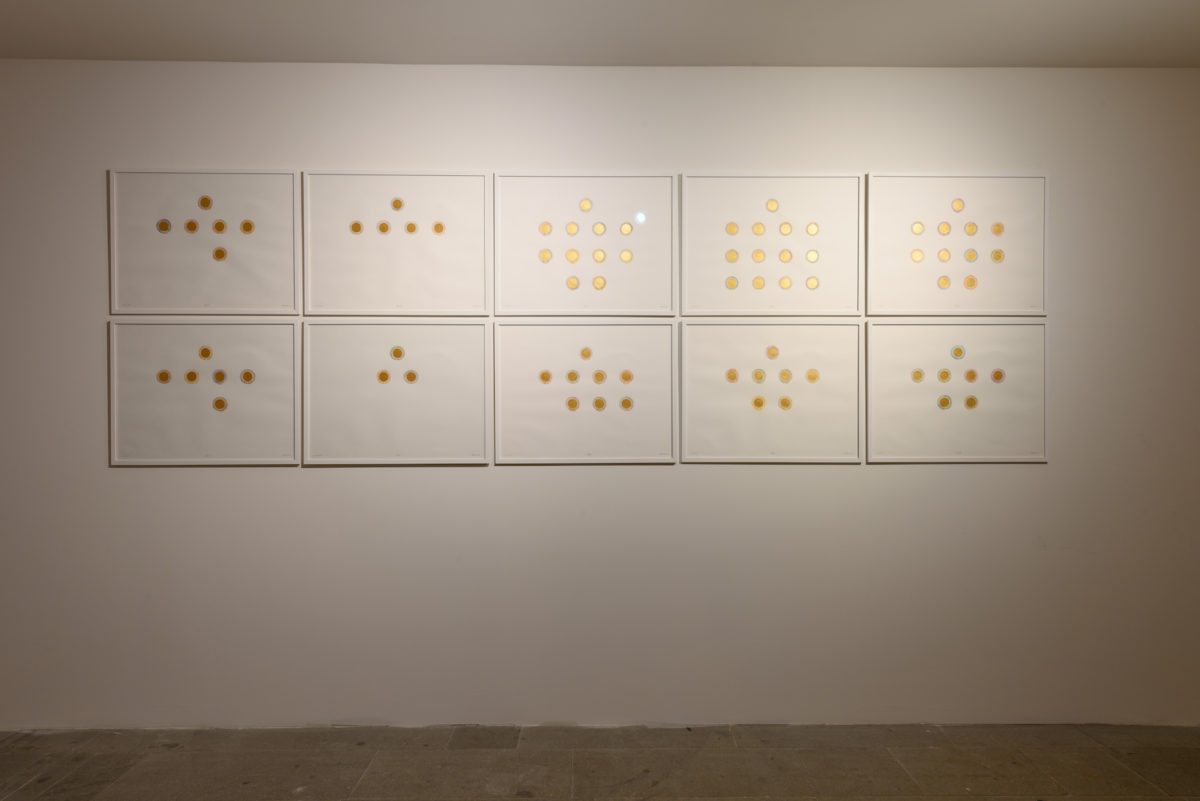
Tâqiya-Nor, 2017
Ten drawings
Acrylic paint, watercolour and pencil on
paper
50 x 65 cm (each)
106 x 343 cm (total)
Unique
{Inquire}

Sufferhead Original (Paris Edition) #1 – Monument à la mission Marchand, 2019
Archival pigment print on Hahnemühle Photo Rag
100 x 150 cm
Edition of 5 +1AP
Edition available : 1/5
{Inquire}

If You Prick Us, Do We Not Bleed?, 2021
Terracotta statuette head representing a veiled woman (Hellenistic period, Cyprus), small animal head in green stone (Pre-Columbian America), glazed stoneware,
wood
24,5 x 23 x 12,5 cm
Unique
{Inquire}

I do not live in this world alone, but in a thousand worlds (Love is Lethal) 2019, 2019
Water, soluble paper, ink, glass bottle
{Inquire}

Cinq chantiers, Billboard, Place de l’échangeur, Municipality of Limete, Kinshasa, 2013
Digital photograph on Baryta paper Photo Rag 315 g
102,5 x 152,5 x 4,5 cm (framed)
Edition of 5+2AP
Edition available: 1/5
{Inquire}

Abandonned communication infrastructure near Menkao village, Bateke Plateau, on Kinshasa’s eastern periphery (Urban Now), 2013
Digital photograph on Baryta paper Photo Rag 315 g
102,5 x 152,5 x 4,5 cm (framed)
Edition of 5 + 2AP
Edition available: 1/5
{Inquire}

Transformed OCA housing near Lemba Terminus. 1 (Urban Now, 2013
Digital photograph on Baryta paper Photo Rag 315 g
83 x 123 x 4,5 (framed)
Edition of 5 + 2AP
Edition available: 1/5
{Inquire}

Ex-Yugoslavia 6, 2019-2023
Digital print on paper Hahnemühle Photo Rag Baryta
60 x 60 cm
2/5
{Inquire}

Ex-Yugoslavia 5, 2019-2023
Digital print on paper Hahnemühle Photo Rag Baryta
60 x 60 cm
1/5
{Inquire}

Ex-Yugoslavia 3, 2019-2023
Digital print on paper Hahnemühle Photo Rag Baryta
60 x 60 cm
1/5
{Inquire}

Ex-Yugoslavia 2, 2019-2023
Digital print on paper Hahnemühle Photo Rag Baryta
60 x 60 cm
1/5
{Inquire}

Ex-Yugoslavia 1, 2019-2023
Digital print on paper Hahnemühle Photo Rag Baryta
60 x 60 cm
1/5
{Inquire}

Détail site d’extraction #1 (Kolwezi), 2011
Inkjet print on baryta; 82,5 x 122,5 x 4 cm (framed)
{Inquire}

Cielux OCPT (Office Congolais de Poste et Télécommunication), municipality of Masina – Inside views of the building, including the office of the AGDA known as ‘the Building’ (le Bâtiment). Neighbourhood of Sans Fil, municipality of Masina (Urban Now), 2013
Digital photograph on baryta Photo Rag 315g
83 x 123 x 4,5 cm (framed)
{Inquire}

24/7, 2019
26 drawings representing currencies of imperial countries and former colonies, pastel on paper ; drawings and collages on Papyrus
{Inquire}

24/7, 2019
6 photographs of trompe-l’oeil drawings; 29 x 39 x 2,5 cm (framed, each)
{Inquire}
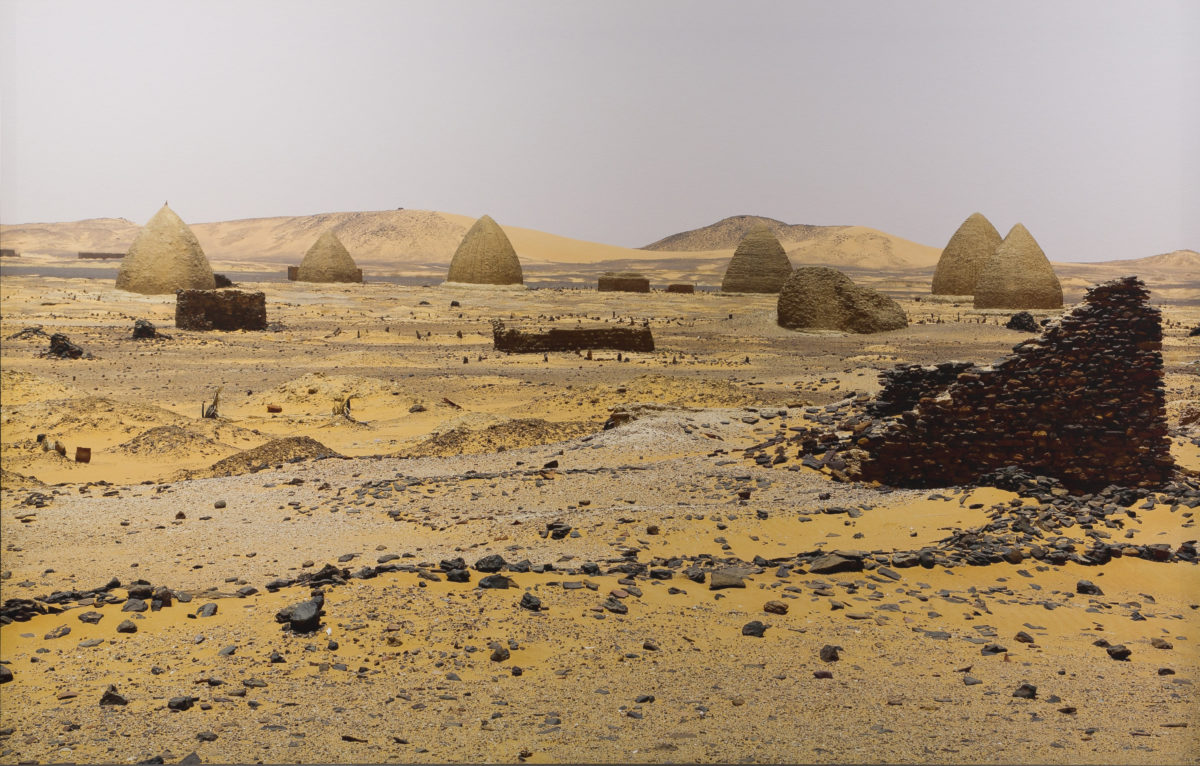
Qubba, 2019
Photography; 70 x 110 cm
3/5
{Inquire}
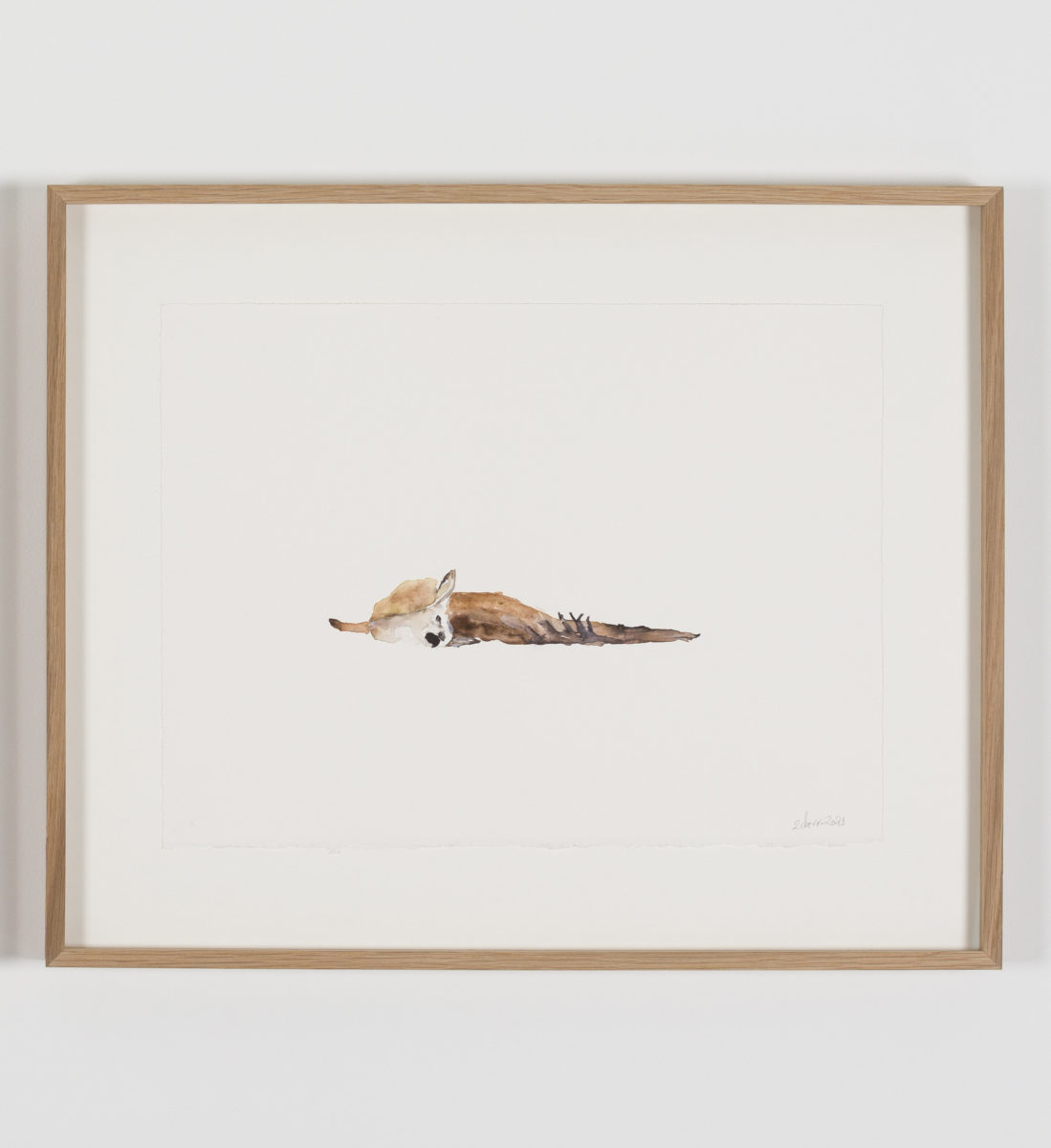
Dead Inside (20), 2021
Watercolor and graphite on pape, 41,5 x 50 x 3 cm (framed)
{Inquire}
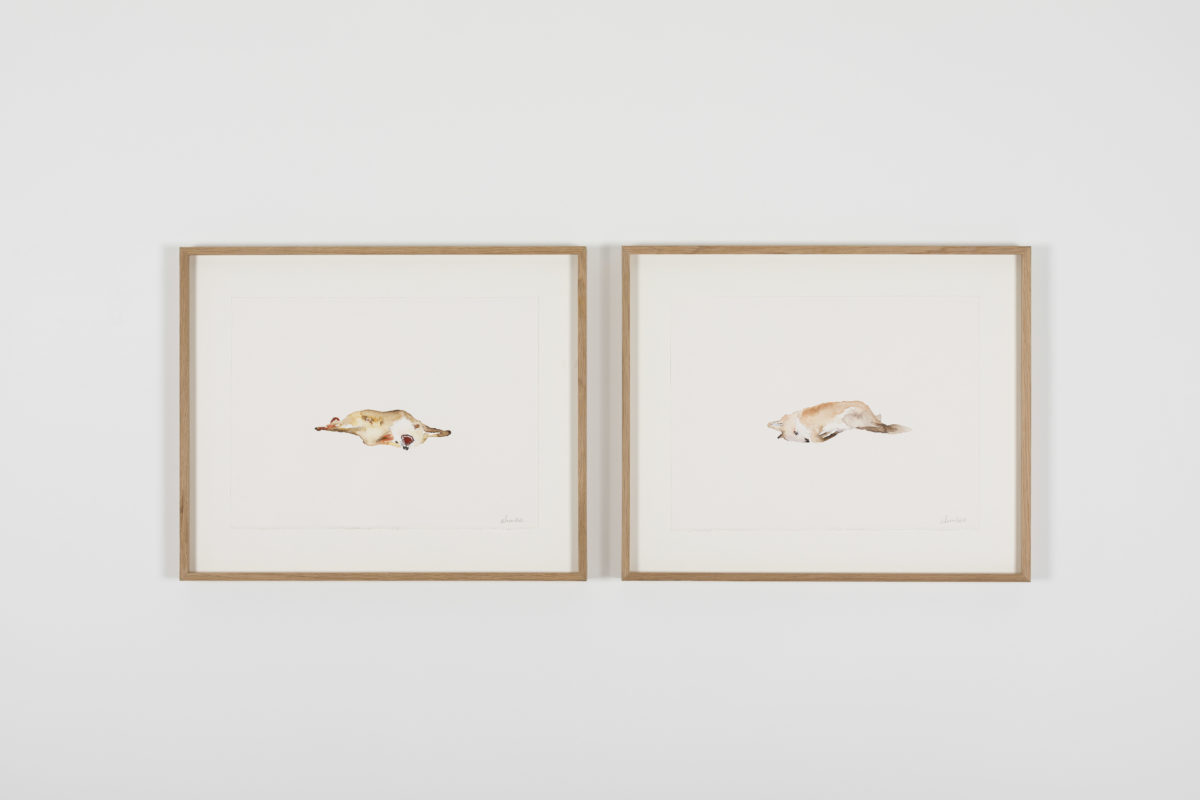
Dead Inside (5), 2021
Diptych, watercolor and graphite on pape; 41,5 x 50 x 3 cm (framed, each)
{Inquire}
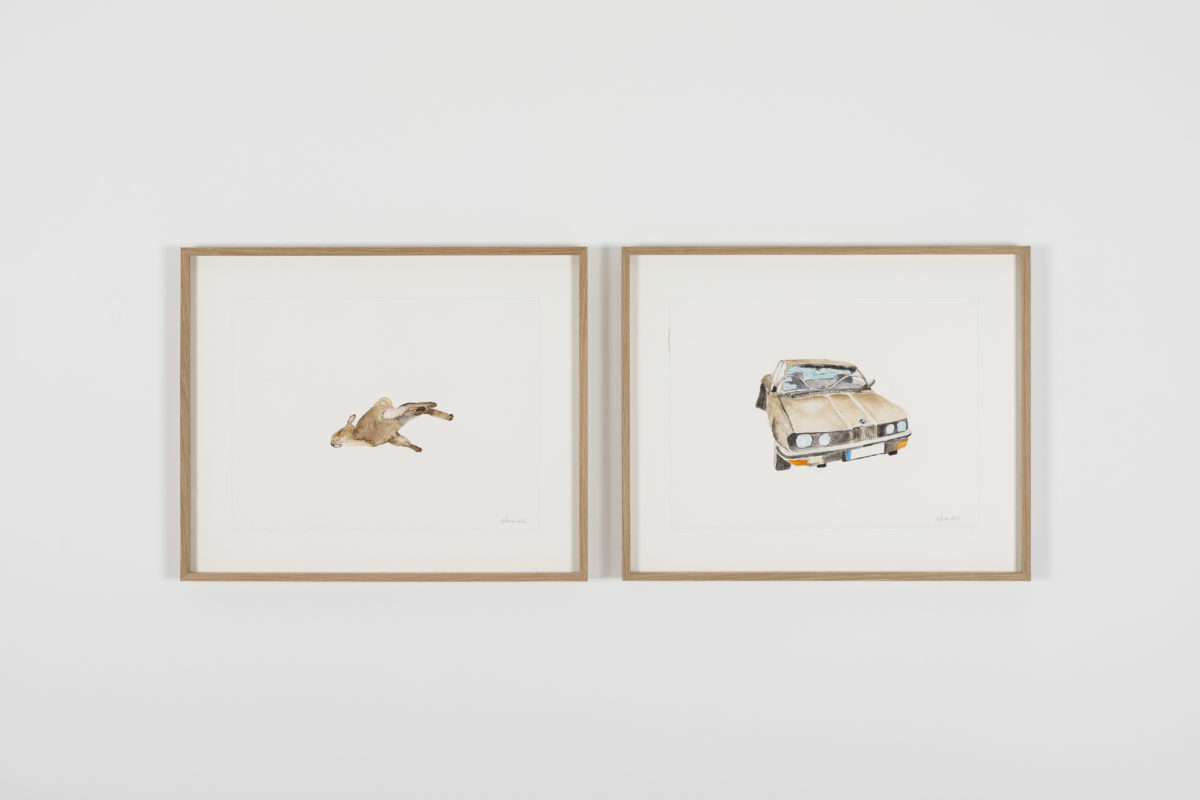
Dead Inside (3), 2021
Diptych, watercolor and graphite on pape; 41,5 x 50 x 3 cm (framed, each)
{Inquire}

Beyond the Yellow Haze, 2018
12″ vinyl record; 38:51 min; edition of 150
{Inquire}
